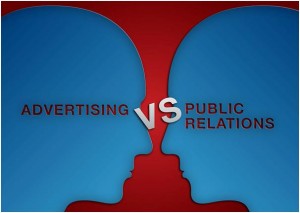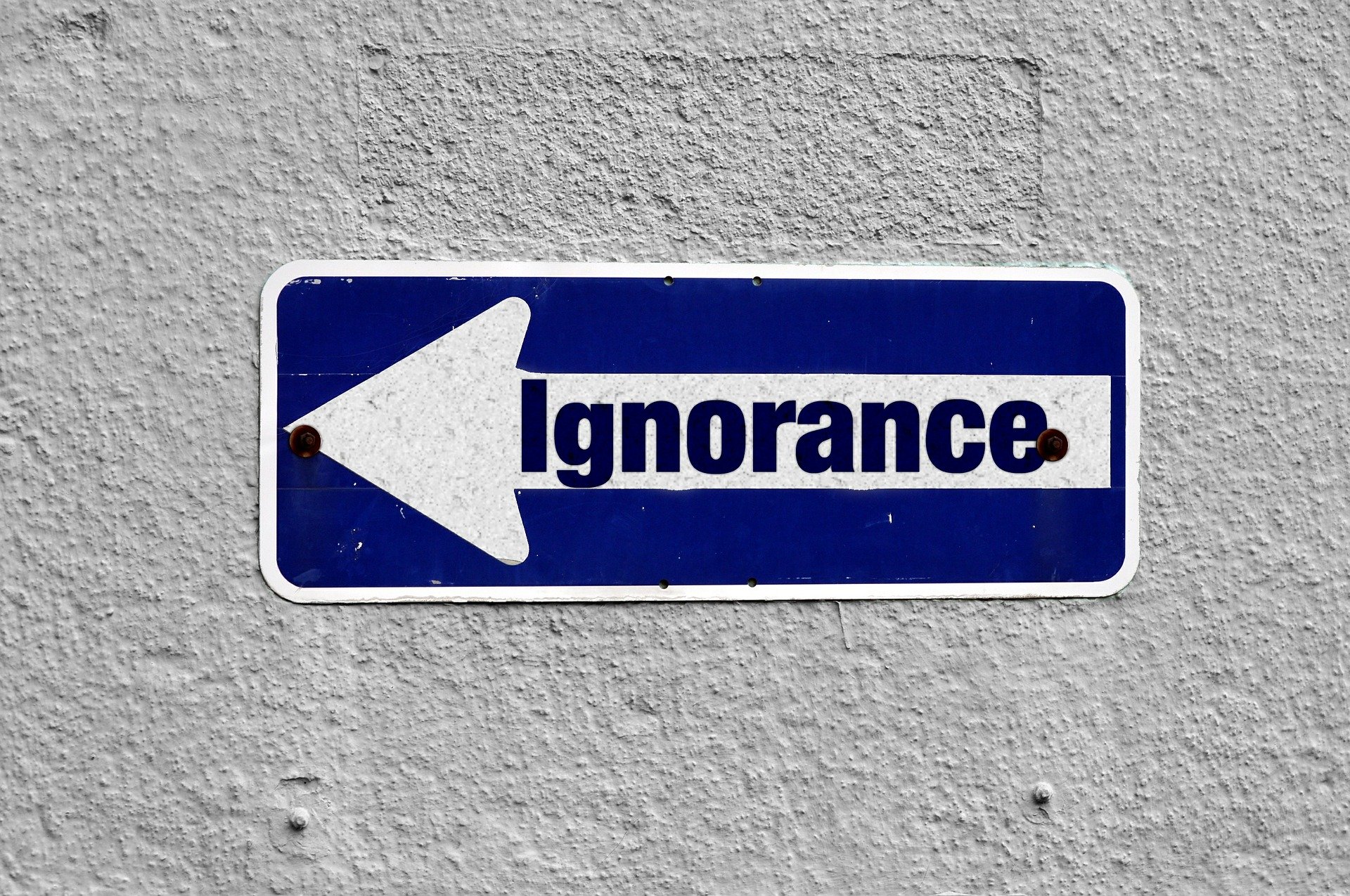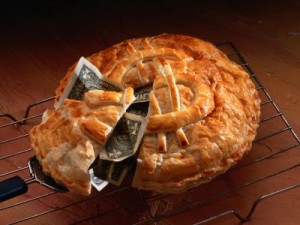For anyone who works in public relations, content still reigns supreme. An effective content marketing calendar will complement a PR campaign to help differentiate a brand and generate business growth. How? Both PR and content share the same goal: to reinforce positive visibility, engage specific target audiences, and in some cases, issue a call to action.
Different types of content in the form of press releases, bylined articles, white papers, and social media, among others, can help deliver key messages, amplify thought leadership and boost SEO for a particular brand.
Earned media, although quite labor intensive and hard to scale, still beats native and paid ads as a component of a PR program that’s heavy on earned coverage. It’s considered the most credible and influential source for storytelling. But can we say that for sponsored content? Does it have the same impact as earned media?
What is sponsored content?
Sponsored content is content that an organization or brand pays to place and promote. It typically reads or views like editorial content and less like an ad. Think sponsored tweets, boosted Facebook posts, sponsored pins and much more.
Phrases such as ‘sponsored by, ‘partnered with’, ‘promoted’ and ‘presented by’ are indicators of sponsored content. As audiences grow more accepting of sponsored content, brands are using it to shake up the marketing mix. A great example is Cocaine Economics, a stunning interactive website created through a partnership between Netflix and WSJ to promote the television show “Narcos.” It serves both to promote the show and to capitalize on interest in it, but it’s clearly a product of good journalism. Similarly, in the B2B sector, this guest piece by our client Verizon Media is a perfect example of what good sponsored content should look like.
Sponsored content is often confused with native advertising, but it’s actually a subset of it. Native advertising is essentially advertising embedded in or adjacent to editorial that matches the form, feel and function of the content in the environment where it appears, BUT it isn’t editorial and it is labeled so that the reader recognized the distinction. The key difference is that native advertising looks more like a traditional ad and sponsored content is more like editorial.
Just to make things more confusing, there’s also branded content, a close cousin to sponsored content. Though the terms can be used interchangeably, they refer to different things. Branded content is typically produced by an organization to appear on a brand-owned platform like its website. Sponsored content, on the other hand, is integrated into a publisher’s site, and it’s created in collaboration with a publisher’s editorial staff. That’s why it offers a degree of credibility that some native advertising can lack.
Here’s how Contently’s Joe Lasauskas portrays the relation between native advertising and sponsored content (with a little dig at the now-outdated term “brand journalism.”)

The pros and cons of sponsored content in PR
It may seem confusing, but the world of paid content opens up lots of opportunities for PR practitioners. Here are the chief ones.
Pros:
You call the shots
Because you have extra budget to spend on sponsored content, you have all the control. You have the freedom to choose your messaging, shape the narrative, and decide when and where it can appear. For earned media coverage, we carefully construct our pitches to follow the client’s intended narrative and the strategy that we think will resonate, but sometimes media take a different approach in a story. In such scenarios, PR teams do not have perfect control over the content nor can fully guarantee the exact required coverage. But, sponsored content eliminates that uncertainty because you basically get what you pay for and clients are happy with the outcome. So for a program like a public service campaign with a goal to educate or change behavior (like wearing masks or eating more vegetables), a mix of earned media and sponsored content is ideal.
Greater reach
The great benefit of sponsored content is its reach. Reach can be hard to guarantee through organic content placement alone, especially for a B2B program that typically targets trade and business channels that are strategic but not always particularly huge. Sponsored content can bridge that gap and help expand the audience footprint to those who wouldn’t have discovered the content otherwise. Siemens’ campaign with Economist in 2018 exemplifies this reach. Each partner teamed to create this graphically gorgeous explanation of the relationship between data and football. The campaign used fans’ voices in a stadium and generated digital soundwaves to create a visible correlation between fan enthusiasm and team performance. Per Pressboard, this campaign is a work of sponsored content that’s driven by curiosity and a desire to better understand the world around us.
Sponsored content is just another part of the larger cycle of a strategic PR program and can yield results, especially if complemented with the credibility and news value of earned media. But what are its drawbacks?
Cons:
Short lifespan
Sponsored content is dependent on budget, naturally, so its impact is finite. When the budget runs out, the impact wanes. The long-term SEO value of a sponsored article can be questionable, depending on the domain, the piece’s length, and its keywords.
Expensive process
The process for creating sponsored content is expensive. You need to plan ahead, keep the dollars aside and carefully research the most credible media partner. Beyond that, a sponsored piece requires multiple steps, cross-teams collaboration, and rounds of review — making the entire process long and arduous.
Authenticity
Reviews have transformed the way consumers make purchase decisions. An unbiased third-party endorsement or a positive review gives your product or brand an edge that always can’t be bought. When such reviews get noticed and you receive media inbounds for further coverage and amplification, they are not only considered to be big wins but also authentic pieces of coverage. The biggest drawback of sponsored content is that it has the least impact on consumer purchasing behavior. It’s no secret that in the digital age, more and more companies are embracing paid amplification in the hope of earning new consumers. But, a discerning reader or viewer can easily spot the difference between paid and unpaid (editorial) content. Because of this, sponsored content can be perceived as overly commercial and less credible than other forms of content.
—
In recent years, sponsored content has become an increasingly profitable revenue stream for digital publishers, bloggers and influencers, as it has started taking many forms across TV, films, streaming platforms, and social media. Earlier, there were distinct lines between paid and earned media, but lately, the two have been merging within PR programs in an integrated strategy. In a study by USC Center for Public Relations 64% of PR professionals predict that by 2023, the average consumer will not be able to distinguish between news articles and sponsored content. Additionally, 59% believe the average person won’t care if the two are indistinguishable.
That means that quality, strategy and partnership are the key criteria for PRs looking to add sponsored content to their programming. We have found that, when done well, the blending of earned and paid content supports the lead sales funnel for B2B marketers. The balance between the two ultimately depends on individual budget and goals, but when they work, it can be a 1+1=3 impact.









